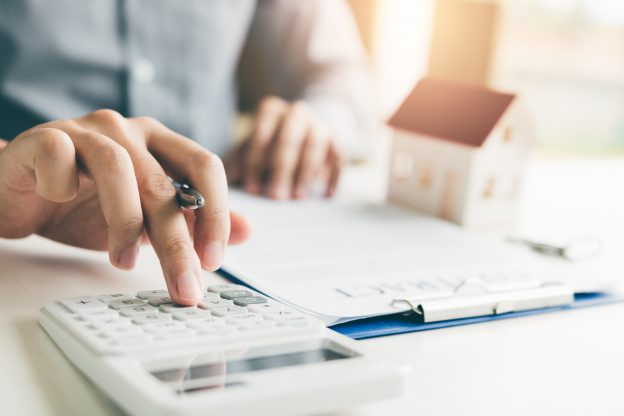There are several changes to how, and how much, landlords pay tax that have been fazed in since 2017 before finally coming into play in April 2020.
It’s important to be up-to-speed with these changes to avoid any fines or fees from HMRC – ignorance is not a defence. If you have taken out tax protection insurance, this will be void if you don’t pay the taxes you’re obligated to pay.
Here is a guide to the new tax measures that you need to know about as a landlord and what you can do to protect and prepare yourself.
Buy-to-let mortgage changes
Many landlords borrow money through a buy-to-let mortgage in order to purchase a property. Prior to April 2017, landlords could deduct all mortgage interest payments from your taxable income, potentially knocking thousands of pounds off your tax bill. Those with interest-only deals, in particular, saved substantially.
But from April 2017 this all changed. The amount of mortgage you can offset against your income has been gradually reduced. By April 2020 you will be taxed on all your rental income and given a 20% tax credit. This means basic rate taxpayers will be unaffected, but those in higher tax bands will have to pay more tax. In April 2019 the amount you can deduct will be 25% until the following April when the changes are fully in place.
Capital gains tax
Capital Gains Tax (CGT) is a tax paid on profit – not the total cost of the asset – or anything gained from the selling of a property.
As of the beginning of 2019, in most cases where the property has been let, you will have to pay CGT when you come to sell, but there are exceptions. You won’t have to pay CGT on a rental property that is sold within three years of purchase. In addition, if you ever lived at the property, your Capital Gains Tax liability will be reduced as you only pay tax on the time the property was not your main residence (private homes fall under private residence relief or PRR).
So you pay tax on your ‘chargeable gain’, which is your gain, minus any private residence relief (PRR) you are eligible for. And as things currently stand, the final 18 months of ownership also qualifies for relief even if you weren’t living there.
But things are set to change. In the 2018 budget, chancellor Philip Hammond announced that from April 2020 this 18-month final period exemption will be cut to nine months.
He also introduced changes to lettings relief which will affect those who are letting out a property they have previously lived in. Currently, lettings relief provides up to £40,000 of relief (£80,000 for a couple) to people who let out a property that has at one point been their main home. But from April 2020, lettings relief will only apply where the owner is sharing occupancy of the home with a tenant.

